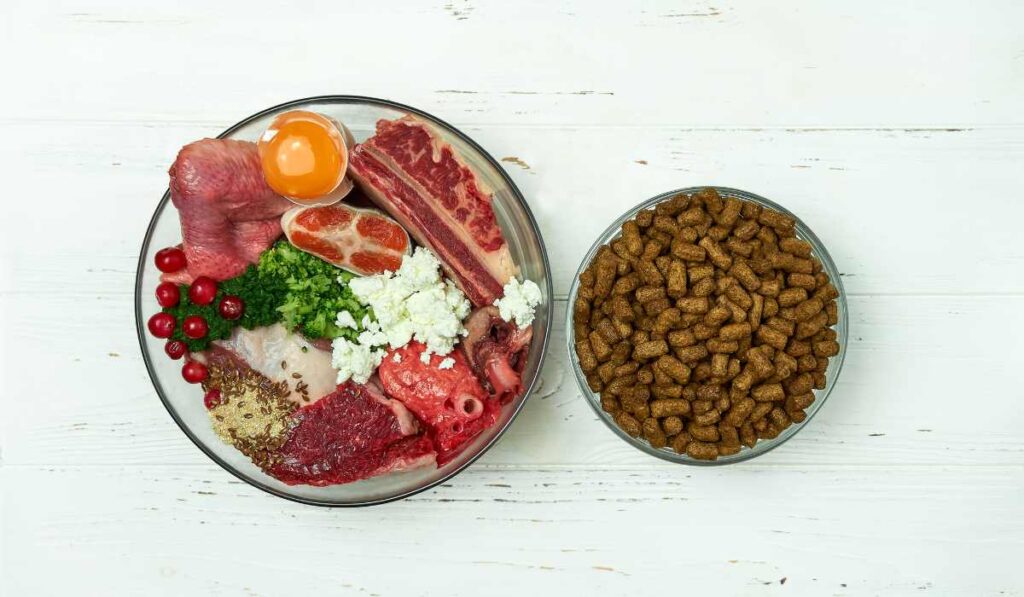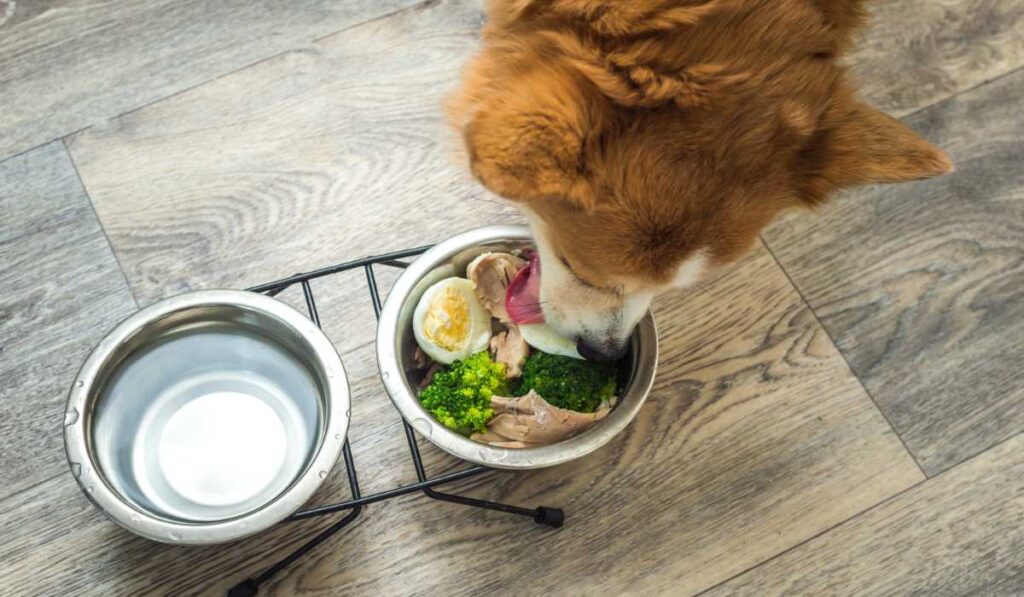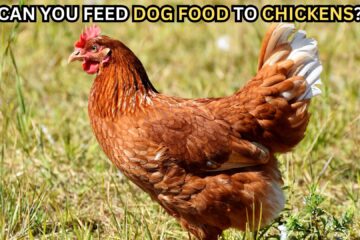In recent years, the term “human-grade” has become a buzzword in the world of canine nutrition, sparking interest and curiosity among dog owners worldwide. But what exactly does “human-grade dog food” mean, and why is it gaining such traction in the pet food market?
In this comprehensive guide, we will delve into the world of human-grade dog food, examining its definition, benefits, considerations, and whether it is the right choice for your furry friend.
Defining Human-Grade Dog Food
At its core, human-grade dog food refers to food intended for canine consumption that is made from ingredients meeting the quality and safety standards for human consumption.
The concept hinges on using edible-grade components – think meats, vegetables, and grains that pass the same stringent inspection and quality criteria as the foods you find in your grocery store.
Key aspects of human-grade dog food include:
- Quality of Ingredients: The food uses ingredients that are fit for human consumption, often including meats, vegetables, and grains that pass the same inspection and quality criteria as foods produced for people.
- Processing Standards: The manufacturing processes for human-grade dog food adhere to standards that are as strict as those for human food production. This means they are often produced in facilities that could legally prepare human food.
- Nutritional Appropriateness for Dogs: Despite being made from human-grade ingredients, these foods are specifically formulated to meet the dietary requirements of dogs, which differ significantly from humans.
- Labeling and Marketing: The term “human-grade” is also a marketing tool. In some regions, specific regulations govern the use of terms like “human-grade” or “edible” in pet food labeling to ensure they don’t mislead consumers.
It’s important to note that “human-grade” does not automatically mean the food is of higher nutritional quality for dogs compared to standard dog food.
The nutritional balance is more crucial for a dog’s health, so dog owners should choose a diet that meets their pet’s specific health needs, regardless of whether it is labeled as human-grade or not.
The Allure of Human-Grade Dog Food
Health and Safety Perception
The primary appeal of human-grade dog food is the perception of higher quality and safety. Dog owners are increasingly mindful of what they feed their pets, and the idea of feeding them food that’s “good enough for humans” is reassuring.
This is particularly true following various pet food recalls and scandals involving low-quality ingredients in the past.
Marketing and Consumer Trust
The use of “human-grade” in marketing taps into the humanization trend in pet care, where pets are considered part of the family. Brands leveraging this term often enjoy increased trust and a perception of premium quality from consumers.

Evaluating the Benefits and Drawbacks
Nutritional Benefits
While human-grade dog food often uses higher quality ingredients, it’s important to note that this doesn’t automatically translate to superior nutritional value for your dog.
The key to a healthy diet for dogs is not the human-grade label, but rather whether the food meets the specific nutritional requirements of the dog.
Cost Considerations
Typically, human-grade dog foods are more expensive than traditional dog foods. This cost can be a significant factor for pet owners, especially those with larger breeds or multiple dogs.
Deciphering Regulations and Labels
In some regions, strict regulations govern the use of “human-grade” on pet food labels. These rules are in place to prevent misleading marketing.
However, the regulation varies widely by country and region, and in some cases, the term may be used more loosely. As a responsible pet owner, it’s important to understand and research what these labels truly mean in your area.

Is Human-Grade Dog Food the Right Choice for Your Dog?
Deciding whether human-grade dog food is right for your dog depends on several factors, including your dog’s health, nutritional needs, and any specific dietary restrictions.
It’s always recommended to consult with a veterinarian before making significant changes to your dog’s diet.
Ollie’s Human-Grade Dog Food
The Ollie website offers a range of fresh and healthy, human-grade dog food, delivered to your door. They provide personalized meal plans for dogs, emphasizing natural, high-quality ingredients.
Their products are designed to cater to the specific nutritional needs of dogs of various sizes, and they offer flexible pricing options.
Ollie’s dog food is minimally processed, free from fillers and artificial flavors, and crafted in US facilities. They also provide health screenings for dogs, alongside their food delivery service.
The website features customer reviews and stories highlighting the benefits dogs have experienced from their diet, like better digestion, softer coats, and optimized energy.
Tailoring to Specific Needs
Some dogs, particularly those with certain health issues or allergies, may benefit from the higher quality ingredients found in human-grade dog food.
However, it’s not a one-size-fits-all solution. Each dog is unique, and their dietary needs should be assessed individually.
The Bottom Line
Human-grade dog food offers an alternative to traditional dog food that may appeal to pet owners seeking higher quality, more transparently sourced ingredients.
While it carries the allure of being “good enough for humans,” it’s essential to remember that the best diet for your dog is one that meets their specific nutritional needs, whether it’s labeled as human-grade or not.
In conclusion, human-grade dog food represents a significant shift in how we perceive and value our pets’ nutrition. As pet owners, our primary goal should always be to ensure our furry friends receive a balanced, nutritious diet that caters to their unique needs.
Whether or not that diet is human-grade should be a secondary consideration, subordinate to the overall health and happiness of our canine companions
Read also:



0 Comments